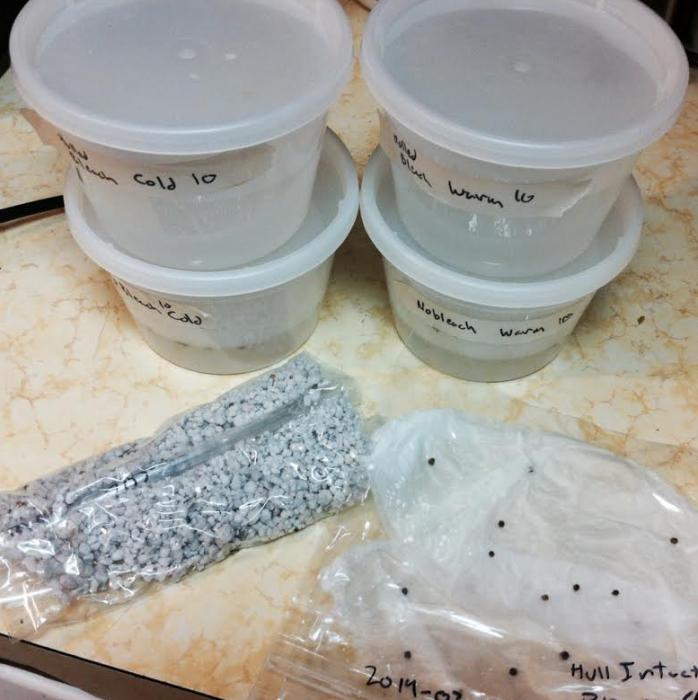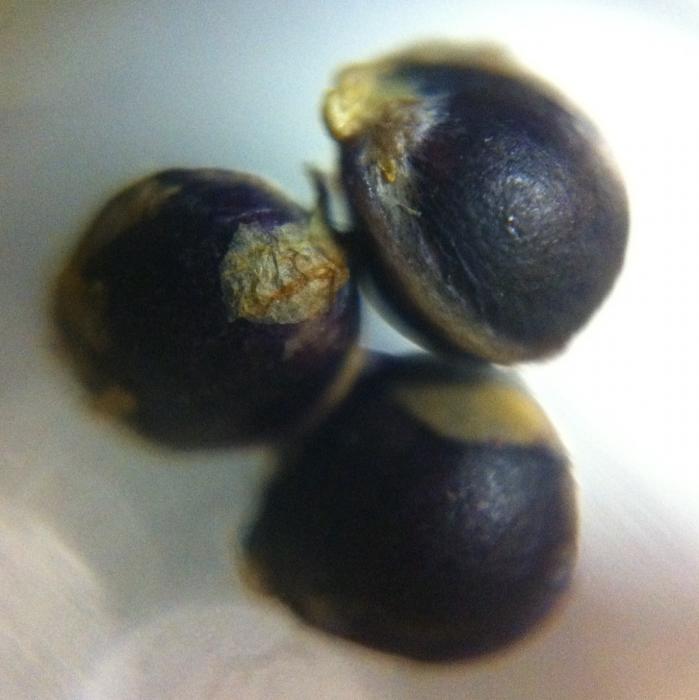PapaBearJay
Well-Known Member
- Joined
- Dec 5, 2012
- Messages
- 601
- Reaction score
- 198
Alright, let's talk.
I've spent nearly all of the past several weeks scouring all 134 pages of threads in the Hops Growing section here, and not only have I read a lot of misinformation, but also a lot of repeated topics.
So here I am as a plant scientist/horticulturist to answer your questions.
I'm not going to say I'm the expert, because I'm not, but I have the resources and the knowledge to find the answers and provide them for you. That is to say, if I cannot answer your question outright, I know where to look to find the answer or give you an idea of how you find it.
First off, I'd like to open the 'floor' to discussion on several topics, so feel free to ask your questions here.
Second, I have a passion for hops, or I wouldn't be writing this. I have my reasons, and I'll share if anyone is interested, but I am trying to initiate a breeding program. I am looking for SEEDS or RHIZOMES, from both wild or cultivated origins. I do have several named cultivars that I use for my own homebrewing purposes, but seek to make improvements in areas that I feel are necessary.
Third, with that said, I would be willing to trade other plants/seeds for anyone who can provide seeds or rhizomes. (Though I won't object to donations as well.) I plan on posting the progress of everything I do, right here as it happens. I will gladly receive input from others and would hope that we as a public community can come together and create something that matters to us.
I'd seek cooperation from both public and private organizations, but I don't see ourselves being taken seriously until we have something to show for it. So lets show them what we've got!
Feel free to scoff if you'd like, or better yet, provide some critical feedback. Instead of holding up the line, arguing because you didn't think of it first or because maybe you think I'm late to the game, be thoughtful and supportive in your efforts.
Hope to hear what you're thoughts are and looking forward to receiving your help.
Jay
P.S. In the coming days and weeks I will be slowly updated terminology, concepts and ideas, breeding methodologies, selection criteria, etc. for all to see.
I've spent nearly all of the past several weeks scouring all 134 pages of threads in the Hops Growing section here, and not only have I read a lot of misinformation, but also a lot of repeated topics.
So here I am as a plant scientist/horticulturist to answer your questions.
I'm not going to say I'm the expert, because I'm not, but I have the resources and the knowledge to find the answers and provide them for you. That is to say, if I cannot answer your question outright, I know where to look to find the answer or give you an idea of how you find it.
First off, I'd like to open the 'floor' to discussion on several topics, so feel free to ask your questions here.
Second, I have a passion for hops, or I wouldn't be writing this. I have my reasons, and I'll share if anyone is interested, but I am trying to initiate a breeding program. I am looking for SEEDS or RHIZOMES, from both wild or cultivated origins. I do have several named cultivars that I use for my own homebrewing purposes, but seek to make improvements in areas that I feel are necessary.
Third, with that said, I would be willing to trade other plants/seeds for anyone who can provide seeds or rhizomes. (Though I won't object to donations as well.) I plan on posting the progress of everything I do, right here as it happens. I will gladly receive input from others and would hope that we as a public community can come together and create something that matters to us.
I'd seek cooperation from both public and private organizations, but I don't see ourselves being taken seriously until we have something to show for it. So lets show them what we've got!
Feel free to scoff if you'd like, or better yet, provide some critical feedback. Instead of holding up the line, arguing because you didn't think of it first or because maybe you think I'm late to the game, be thoughtful and supportive in your efforts.
Hope to hear what you're thoughts are and looking forward to receiving your help.
Jay
P.S. In the coming days and weeks I will be slowly updated terminology, concepts and ideas, breeding methodologies, selection criteria, etc. for all to see.









